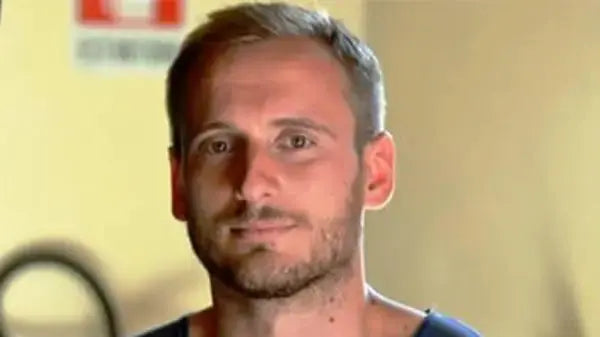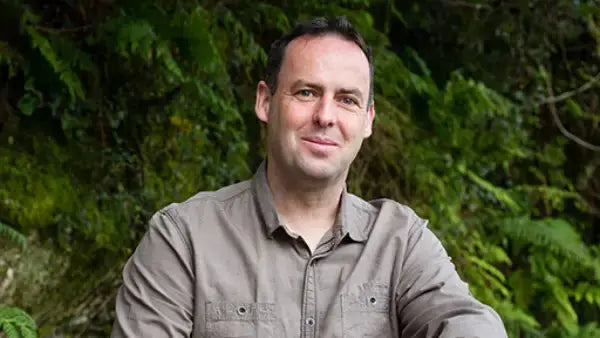
Online Certifications
Buteyko Breathing Online Certifications
Become a certified Buteyko Breathing Instructor and then help others improve their health. Learn from world-renowned expert Patrick McKeown and gain the skills needed to transform lives through the power of breath.



